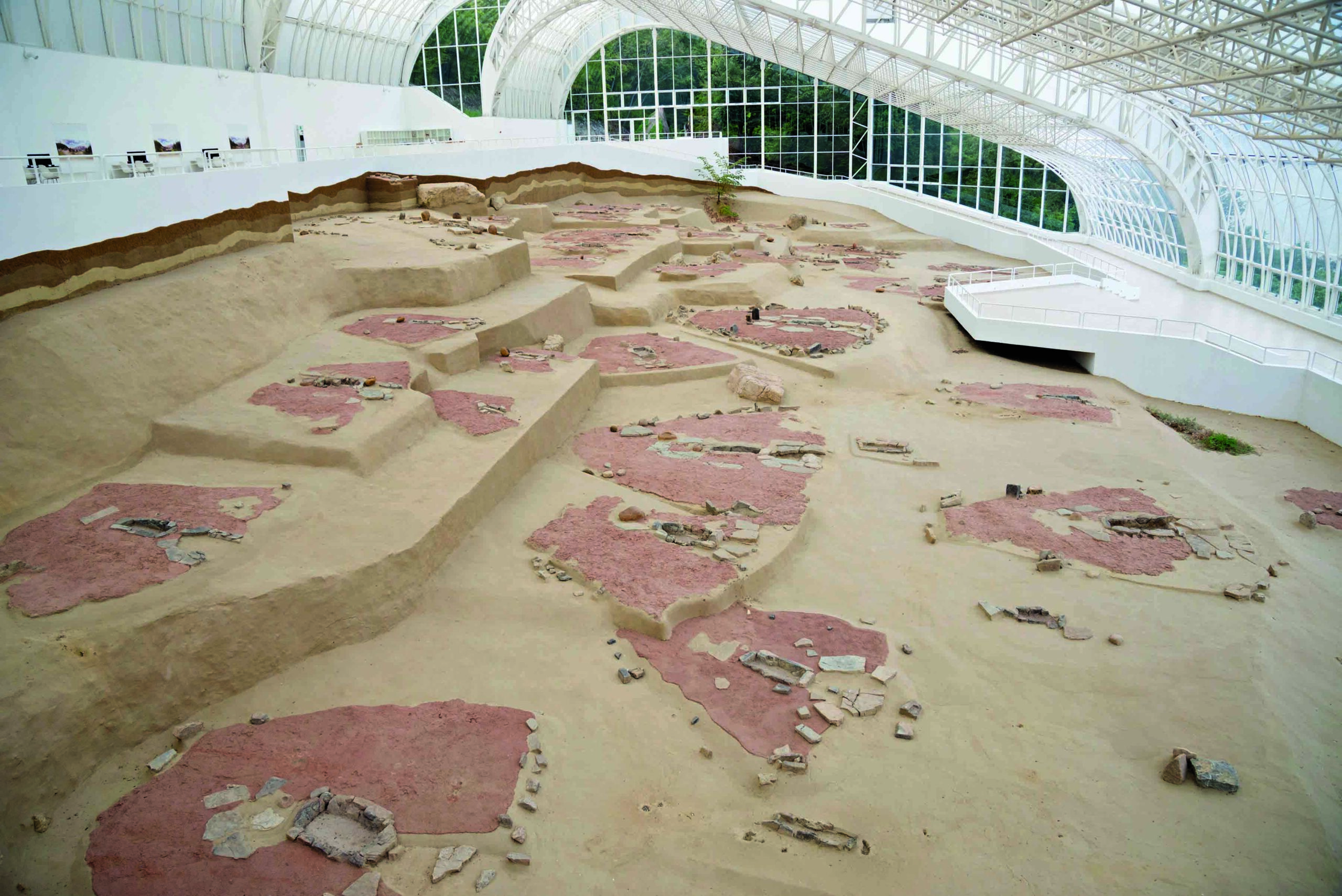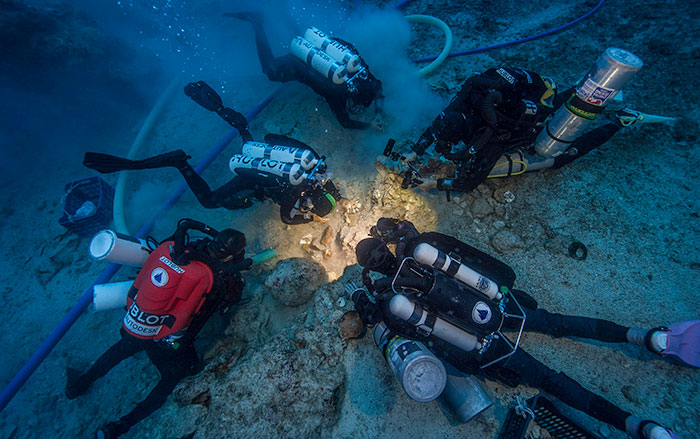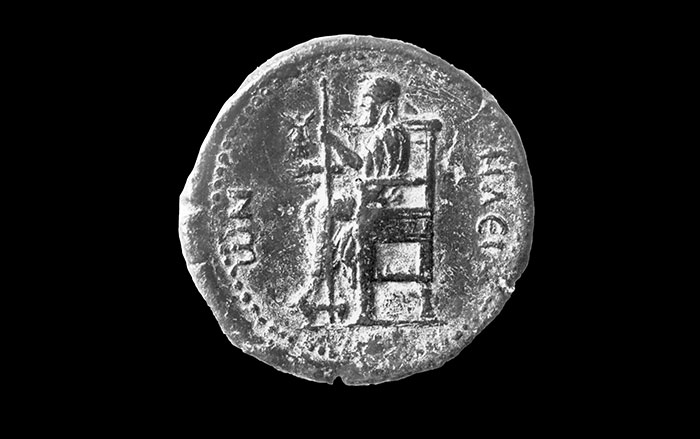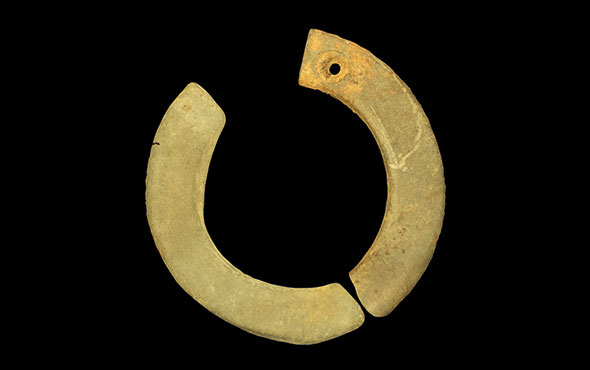
CINCINNATI, OHIO—According to a statement released by the University of Cincinnati, a team of scientists has analyzed the DNA of more than 700 people, including that of the so-called Griffin Warrior, whose 3,500-year-old remains were recovered from a Mycenaean tomb that also contained weapons, armor, and an ivory plaque bearing the image of a half-eagle, half-lion griffin. Archaeologist Sharon Stocker, who discovered the tomb with colleague Jack Davis in 2015, explained that the wealthy young man was one of the first kings of Mycenaean Pylos. The new genetic study indicates that southern Greece’s Bronze Age population arose from a mix of local people and people who migrated to the region from Eastern Europe some 5,000 years ago. The Griffin Warrior was also determined to have been a member of this local population. Some scholars had suggested that he might have been a member of an invading force. “We’ve always been skeptical about that theory but weren’t able to prove it except through DNA analysis,” Davis concluded. For more on the Griffin Warrior's tomb, go to "World of the Griffin Warrior."











